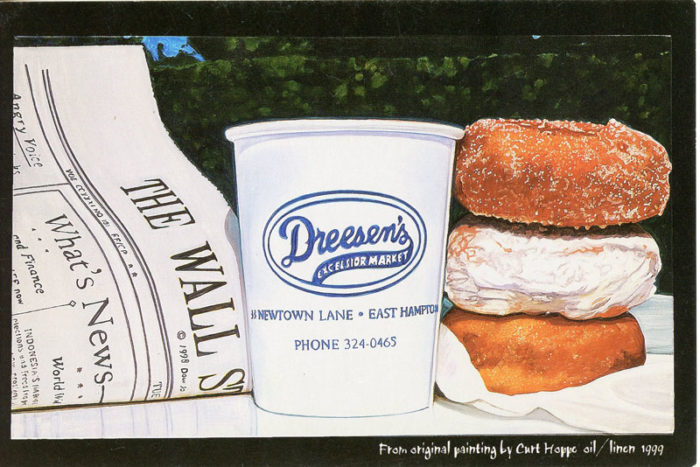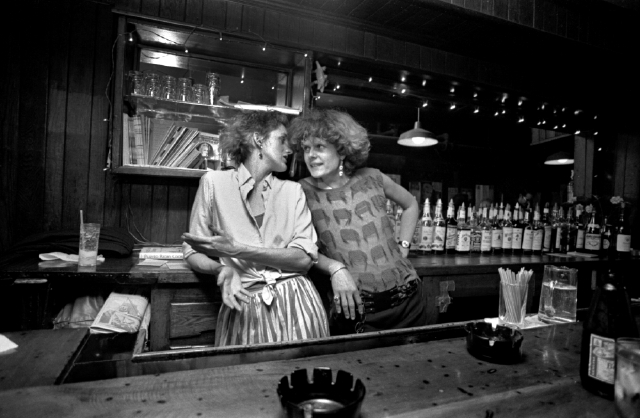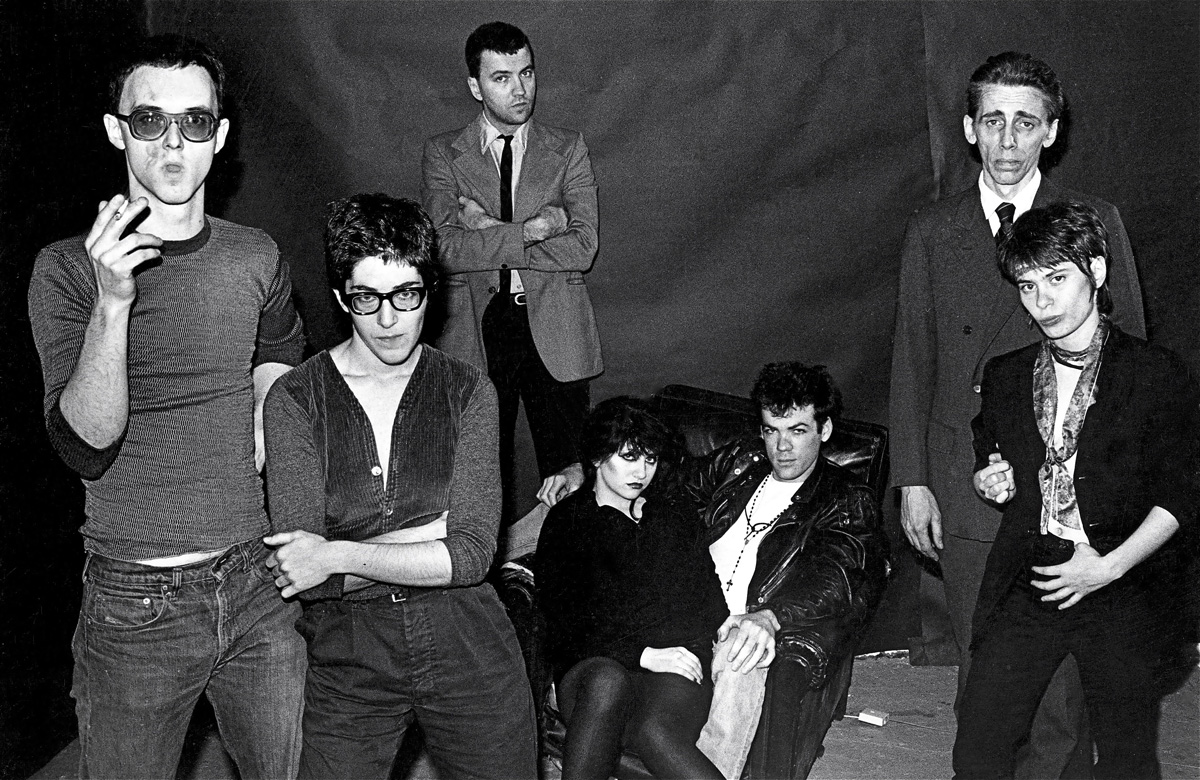
Museum of the American Foundation for the Arts, Miami, “Patterning & Decoration,” Curated by Holly Solomon with a text by Amy Goldin, Exhibition Catalogue, 1977. 20 pages. Size: 10 x 7 inches. — Catalogue Available
The 1970s was a particularly fertile moment for new art movements. With Pleasure: Pattern and Decoration in American Art 1972 – 1985, an exhibition at the Hessel Museum of Art at Bard College (through November 28th), spotlights one of the most distinctive — the Pattern and Decoration movement (also known as P&D). At a time when minimalism, conceptualism and new media dominated the art world, P&D offered an alternative with bright, colorful canvases that convincingly demonstrated that painting was far from dead.
Widely promoted and exhibited in the 1970s and 80s, P&D has been generally ignored since then. This may be because the beauty and decorative qualities of P&D concealed its most radical elements — the movement’s political roots in feminism, and its willingness to embrace multicultural influences. From today’s perspective it is a movement that, to quote the New York Times evidently “still has legs.”
Gallery 98 features here announcement cards and catalogues connected to four of P&D’s leading practitioners. This is a tiny sampling from a much bigger movement that literally involved hundreds of artists. You can explore the broader picture by visiting our Pattern and Decoration section.
Miriam Schapiro – The Feminist Roots of P&D
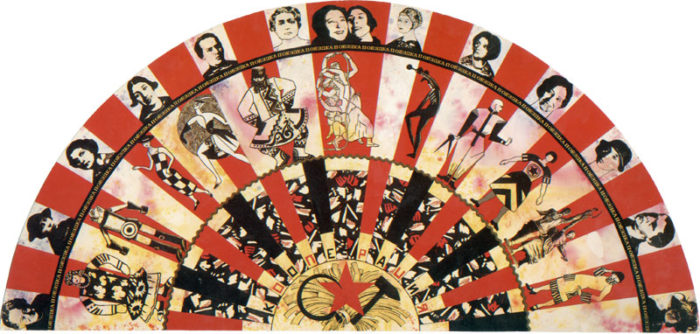
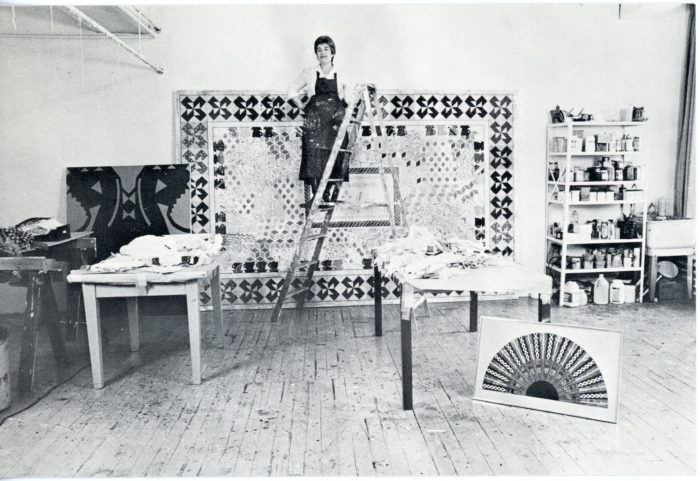
One of the key founders of P&D, Miriam Schapiro (1923 – 2015), came to the movement through her involvement with feminism. As a co-founder with Judy Chicago of the Feminist Art Program at CalArts Valencia, Schapiro became increasingly aware of the importance of women’s crafts, and the role that women artisans played in the decorative arts. This had a transformative effect on her work. Formerly an abstract expressionist painter, Schapiro now began making large-scale collages (she called them “femmages”), incorporating pieces of cloth, quilting, embroidery and other materials connected to women’s crafts. Her interest in art forms that are traditionally associated with women became a key feature of P&D.
Joyce Kozloff – Decorative Arts History

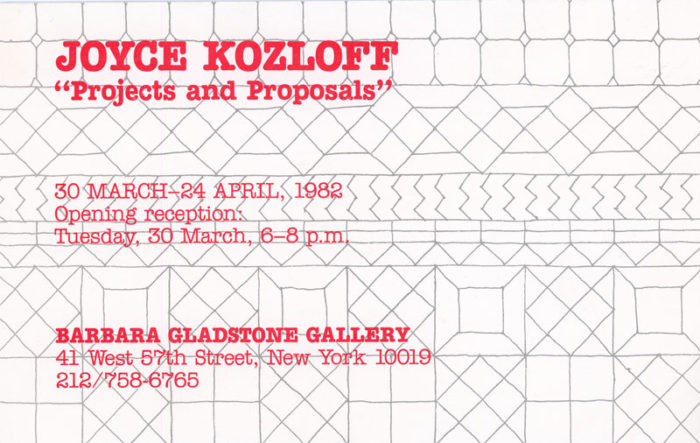
During her travels abroad Joyce Kozloff (b. 1942) discovered the rich history of the decorative arts and the significance of ornamentation worldwide. Studying both the motifs and materials associated with these vernacular traditions, Kozloff began producing colorful detailed works full of historical references. She has been most successful working with painted ceramic tiles and making use of her P&D vocabulary in public commissions at airports, and railroad and subway stations. A recent work by Kozloff can be seen in the C train subway station on Central Park West at 86th Street.
Robert Kushner – Fashion and Murals


Robert Kushner (b. 1949) was a student of the art critic Amy Goldin, who is often credited with providing the theoretical framework for P&D. Kushner’s P&D works have been particularly wide ranging. His prolific output includes performances with sewn and embroidered costumes; works featuring visually appealing materials like handmade paper, glitter, cut stone and mirrored surfaces; and large mixed-media wall murals usually featuring colorful floral patterns.
Philip Taaffe – P&D Evolves


Nearly a generation younger than the other artists spotlighted here, Philip Taaffe (b. 1955) was clearly schooled on P&D although critics have been reluctant to refer to the movement when discussing his work. His large, moodily colored canvases that feature imagery derived from ornamentation, botanical specimens, geology and other forms from nature, are meant to express primordial states and emotions, that distinguish them from the cheerful upbeat mood generally associated with P&D.

